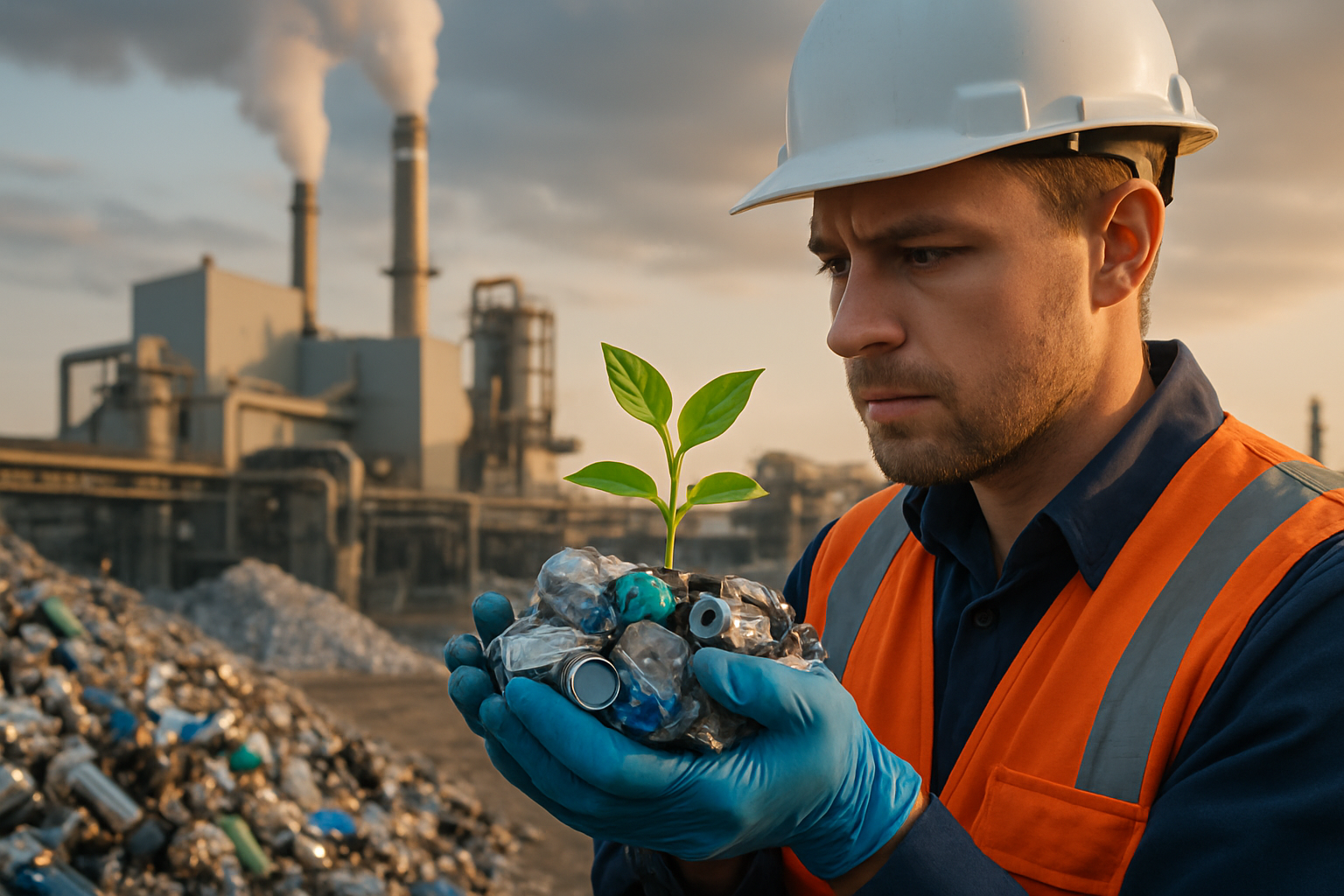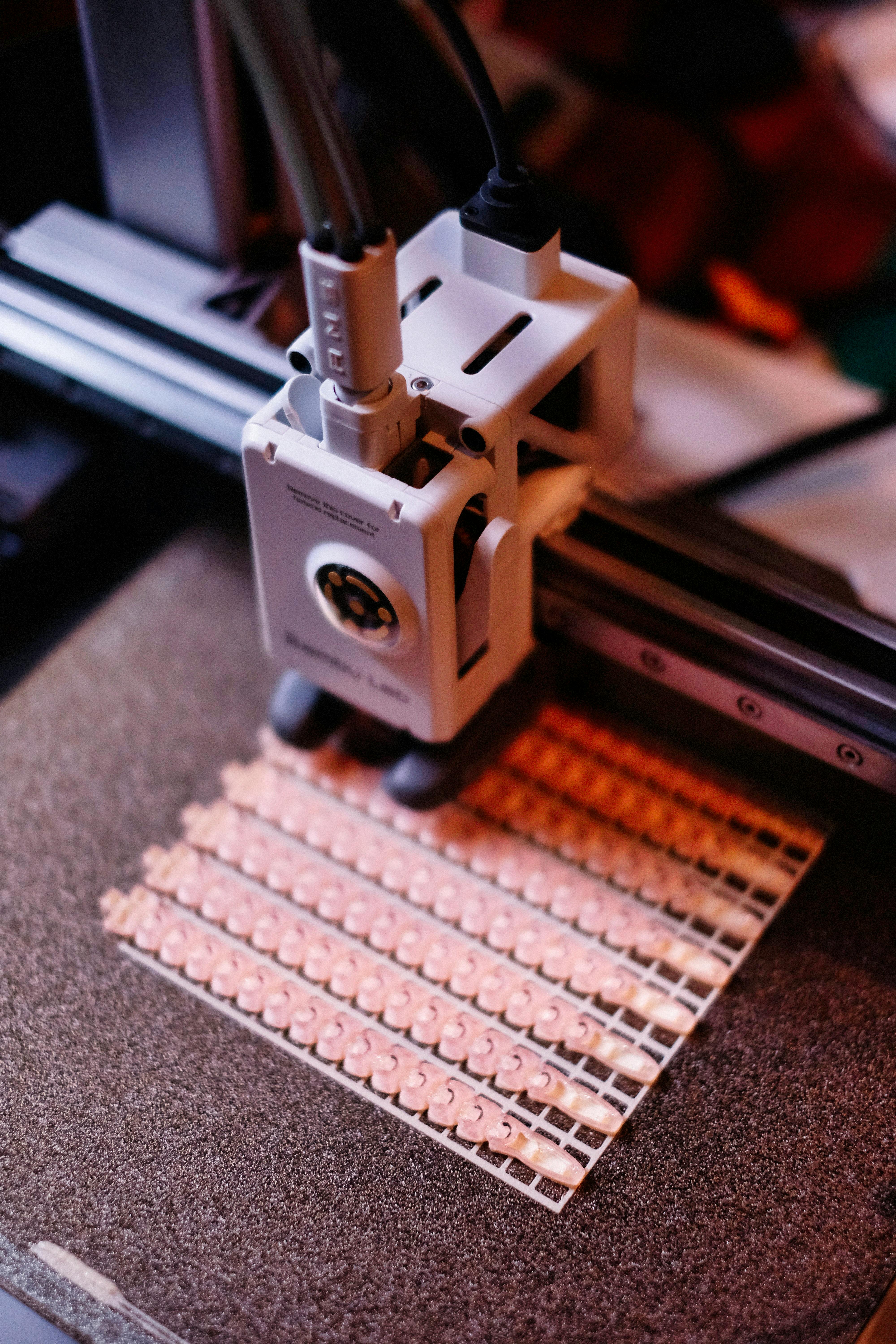Decoupling Industrial Growth from Environmental Impact
Balancing economic progress with ecological responsibility is a pressing challenge for modern industries. This article explores innovative strategies and technologies that enable businesses to achieve growth while minimizing their environmental footprint, fostering a new paradigm of sustainable industrial development.

The Historical Context of Industrial Growth and Environmental Impact
The relationship between industrial development and environmental degradation has been a contentious issue since the Industrial Revolution. As factories and production facilities proliferated, so did pollution, resource depletion, and habitat destruction. This linear model of growth, which prioritized economic gains over ecological considerations, led to severe environmental consequences and public health concerns.
In the mid-20th century, awareness of these issues began to grow, culminating in the environmental movement of the 1960s and 1970s. Governments responded with regulations and policies aimed at curbing industrial pollution, but these measures often faced resistance from businesses concerned about their bottom line. The challenge of reconciling economic growth with environmental protection seemed insurmountable.
The Emergence of Sustainable Industrial Practices
As environmental concerns gained traction, forward-thinking companies began to explore ways to reduce their ecological impact without sacrificing profitability. This led to the development of cleaner production techniques, waste reduction strategies, and energy-efficient technologies. The concept of eco-efficiency emerged, emphasizing the creation of more value with less environmental impact.
The advent of lifecycle assessment tools allowed businesses to evaluate the environmental impact of their products from cradle to grave, identifying opportunities for improvement at every stage. This holistic approach to sustainability opened new avenues for innovation and competitive advantage, demonstrating that environmental responsibility could be a driver of business success rather than a hindrance.
Technological Innovations Enabling Decoupling
Advancements in technology have played a crucial role in enabling industries to decouple growth from environmental impact. Smart manufacturing systems, powered by sensors and data analytics, optimize resource use and minimize waste. Advanced materials science has led to the development of eco-friendly alternatives to traditional industrial inputs, reducing reliance on finite resources.
Renewable energy technologies have made significant strides, allowing industries to power their operations with clean electricity. Energy storage solutions have improved, making intermittent renewable sources more viable for industrial applications. Additionally, carbon capture and utilization technologies are evolving, offering the potential to transform industrial emissions into valuable products.
Circular Economy Principles in Industrial Operations
The adoption of circular economy principles represents a fundamental shift in industrial thinking. Rather than the traditional “take-make-dispose” model, businesses are increasingly embracing a “make-use-return” approach. This involves designing products for durability and recyclability, implementing take-back programs, and finding innovative ways to reuse or repurpose waste materials.
Industrial symbiosis, where the waste products of one industry become the raw materials for another, is gaining traction. This approach not only reduces waste but also creates new revenue streams and business opportunities. By closing material loops and maximizing resource efficiency, industries can significantly reduce their environmental footprint while maintaining or even increasing productivity.
Policy and Regulatory Frameworks Supporting Decoupling
Governments and international organizations are recognizing the importance of decoupling industrial growth from environmental impact. Policy instruments such as carbon pricing, extended producer responsibility, and green procurement initiatives are creating incentives for businesses to adopt more sustainable practices. Environmental regulations are evolving to focus on outcomes rather than prescriptive measures, allowing for greater flexibility and innovation in compliance.
Public-private partnerships are emerging as powerful vehicles for driving sustainable industrial development. These collaborations leverage the strengths of both sectors to develop and implement solutions that benefit the economy and the environment. Additionally, international agreements like the Paris Climate Accord are providing a global framework for industrial decoupling efforts.
Practical Strategies for Industrial Decoupling
• Conduct comprehensive environmental impact assessments to identify key areas for improvement
• Invest in energy-efficient equipment and processes to reduce resource consumption
• Implement closed-loop manufacturing systems to minimize waste and maximize resource recovery
• Explore industrial symbiosis opportunities within your region or industry sector
• Develop products with circular economy principles in mind, prioritizing durability and recyclability
• Engage employees at all levels in sustainability initiatives to foster a culture of environmental responsibility
• Collaborate with suppliers and customers to address environmental impacts across the value chain
• Leverage digital technologies to optimize operations and reduce resource use
• Explore innovative financing mechanisms, such as green bonds, to fund sustainability projects
In conclusion, decoupling industrial growth from environmental impact is not only possible but increasingly necessary in today’s world. By embracing innovative technologies, circular economy principles, and supportive policy frameworks, industries can achieve economic prosperity while safeguarding the planet’s resources. This transformation requires a shift in mindset, investment in new capabilities, and collaboration across sectors. As more businesses demonstrate the viability of this approach, it paves the way for a new era of sustainable industrial development that benefits both the economy and the environment.





